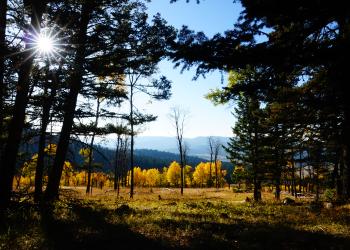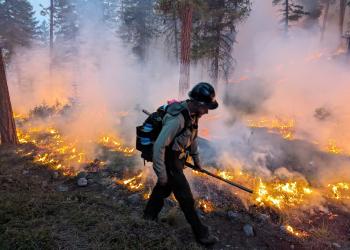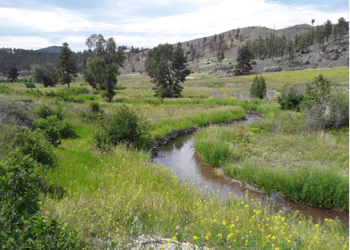Welcome to the Helena-Lewis and Clark National Forest
Welcome! We've transitioned our public websites to a modern web platform to better serve the public. With thousands of pages to update, some content may take longer to appear. Some old content has been archived during this process, as well.
We appreciate your patience as we work to make it easier than ever to access information and explore your national forests - both online and on the ground. Please send us an email if there is something you can't find:
The scenic Helena-Lewis and Clark National Forest stretches 2.8-million acres through central and north-central Montana. The Forest is comprised of island mountain ranges bisected by the Continental Divide and Missouri River and includes 6 ranger districts: Lincoln, Helena, Townsend, Judith - Musselshell, Rocky Mountain, and Belt Creek - White Sulphur Springs and 2 Forest Supervisor's offices located in Helena and Great Falls to oversee forest management in 17 counties.











